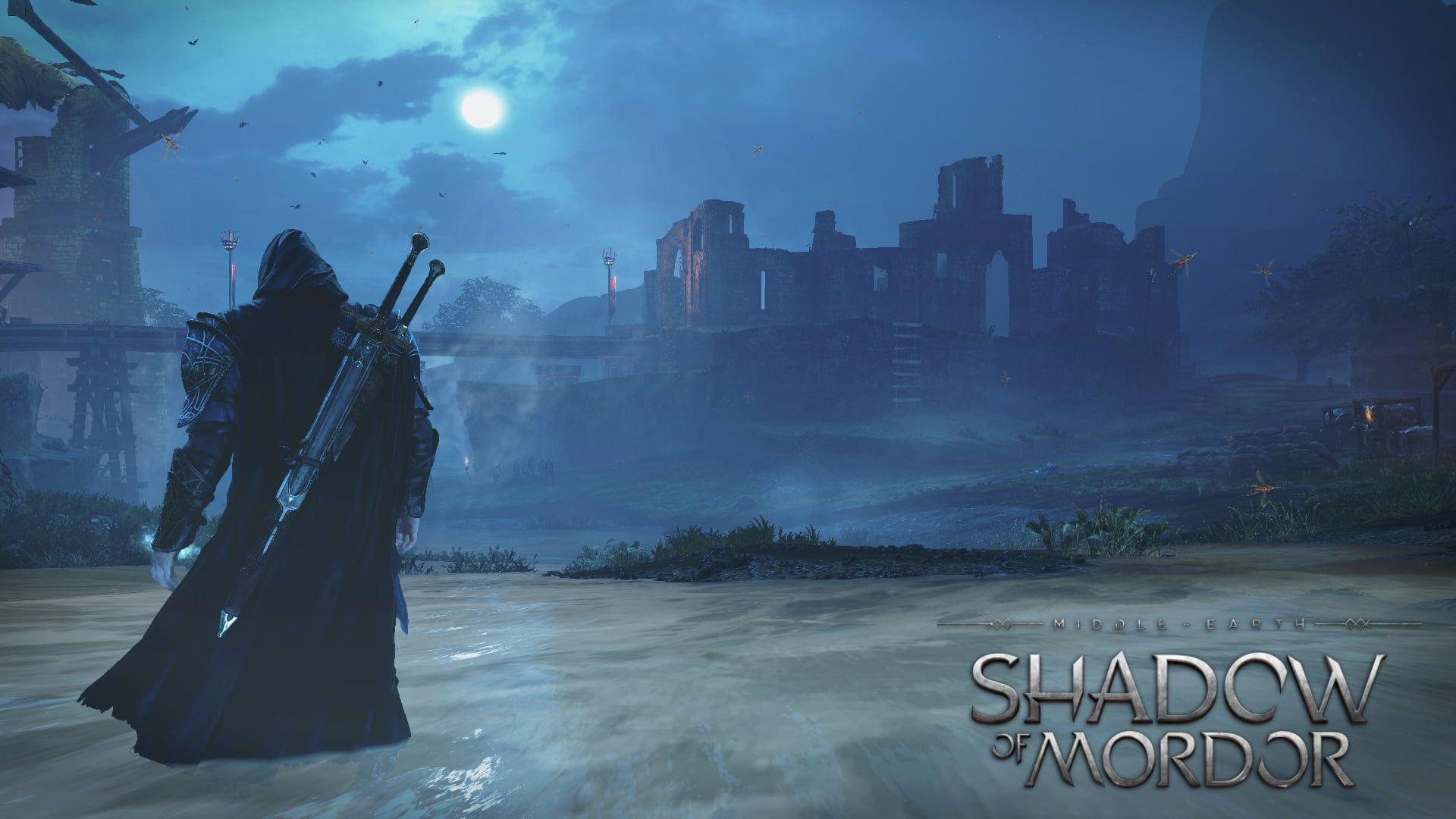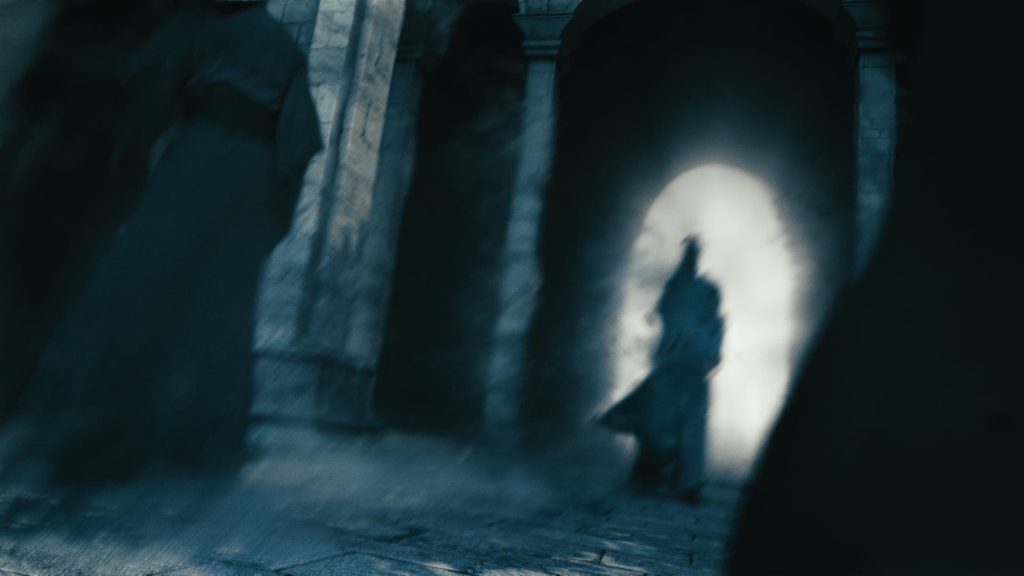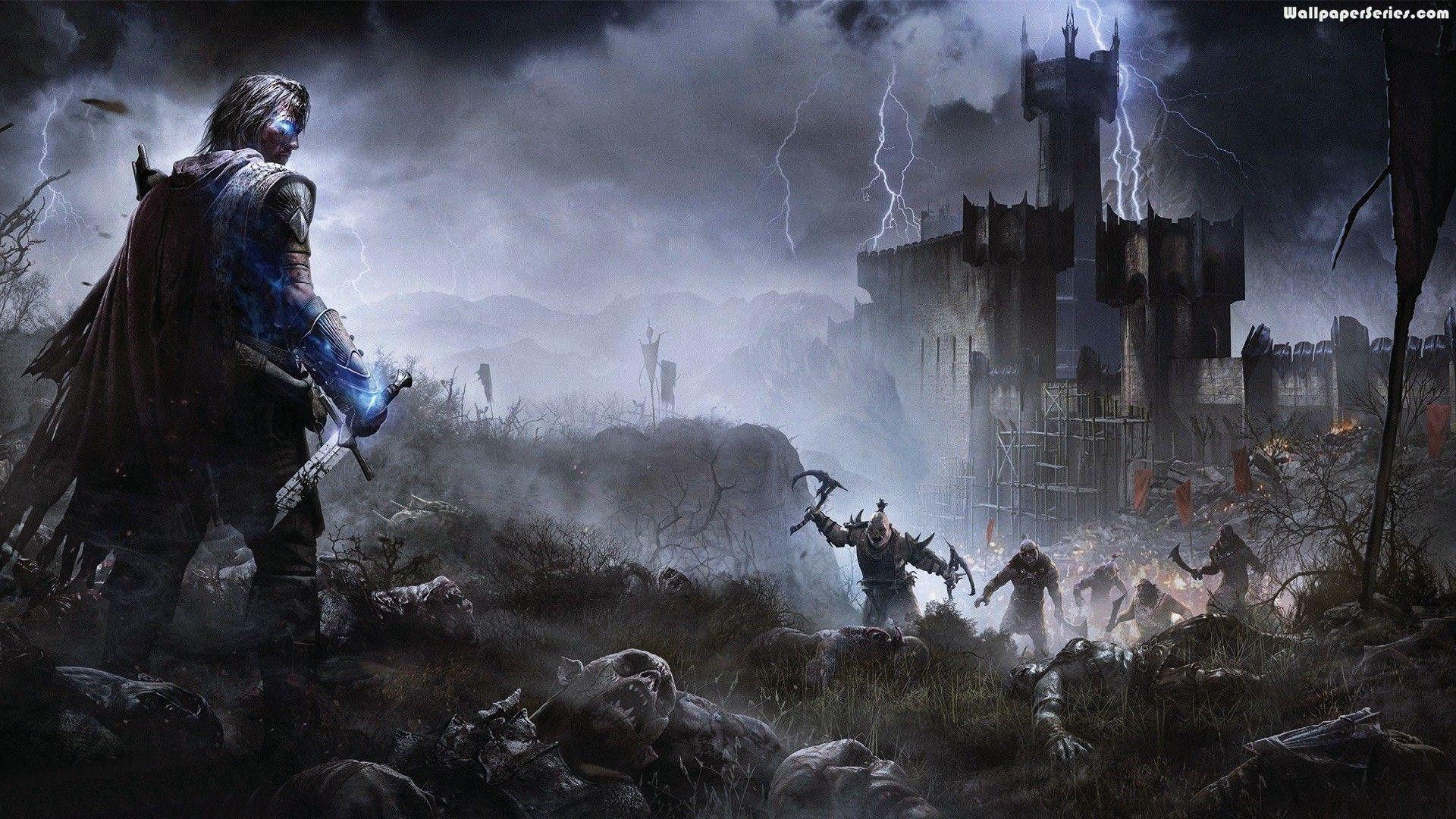

We're calling it The Complete Guide to PC Gaming, and it's all being made possible by Razer (opens in new tab), which stepped up to support this months-long project. PC Gamer is going back to the basics with a series of guides, how-tos, and deep dives into PC gaming's core concepts. Those are 16x9 resolutions-if you have a display with a 16x10 aspect ratio, they’ll be slightly different: 1920×1200, 2560x1600, and so on while newer ultrawide displays can be 2560x1080, 3440x1440, etc. : Quality settings and post-processingĪ pixel is the most basic unit of a digital image-a tiny dot of color-and resolution is the number of pixel columns and pixel rows in an image or on your display.I'm a technology enthusiast translating these systems into simple analogies, not an engineer writing a technical paper, so I'm leaving out major details of actual implementation. Keep in mind that graphics rendering is much more complex than presented here.


I also received input from Nvidia regarding my explanation of texture filtering. For the sections on anti-aliasing, anisotropic filtering, and post-processing that follow, I consulted with Nicholas Vining (opens in new tab), Gaslamp Games (opens in new tab)' technical director and lead programmer, as well as Cryptic Sea (opens in new tab) designer/programmer Alex Austin. We start with the fundamental concepts on this page.


 0 kommentar(er)
0 kommentar(er)
